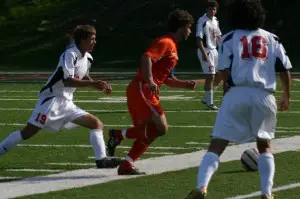 A take-over is a simple run that is very effective. Performing a take-over correctly can get you out of tight spaces on the field and can possibly give you an open shot.
A take-over is a simple run that is very effective. Performing a take-over correctly can get you out of tight spaces on the field and can possibly give you an open shot.
When to Perform a Take-Over
There are two key situations in a soccer when it’s beneficial to perform a take-over: 1.) When you can’t get behind your defender and your teammate with the ball is within 10 yards or closer to you and 2.) When your teammate is dribbling at you.
When you can’t get behind your defender for your first run and your teammate with the ball is within 10 yards or closer to you, then you need to make a second run, a take-over.
When your teammate is dribbling at you, standing still does you no good. Running away puts your back to your teammate, and back peddling is just too slow. The only other option is to make a take-over run, running behind your teammate.
How to Perform a Take-Over
There are three key components to performing a take-over.
First, communication is crucial. The player performing the take-over run must say TAKE if he/she wants to take the ball off their teammates foot, and must say “TAKE” right before he/she wants to take the ball from his/her teammate.
After hearing the the word take, the player dribbling the ball must not touch the ball again. If the player performing the take-over run does not say anything, then the teammate dribbling the soccer ball keeps dribbling.
Second, the player performing the take-over run must run behind his/her teammate with the ball. Running behind your teammate allows you perform the take-over.
Third, the player dribbling the ball must carry it on the outside of his/her foot away from his/her goal.
This way the player dribbling the ball will be able to protect it from the defender by using his shoulder and forearm to hold off the defender. The defender has to go through the whole body of the player dribbling the ball.
 There is a simple rule in soccer that can help your team either start an attack or shore up a possible risky play.
There is a simple rule in soccer that can help your team either start an attack or shore up a possible risky play.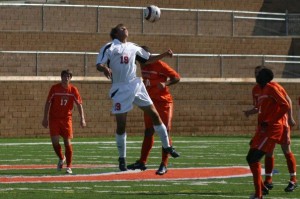
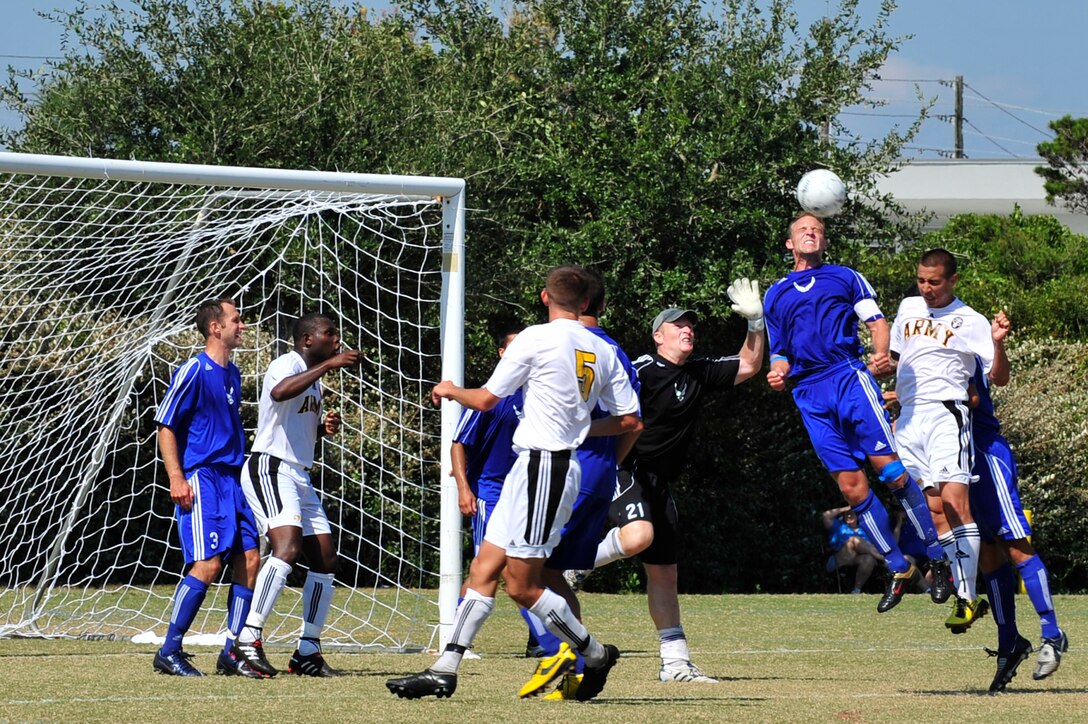
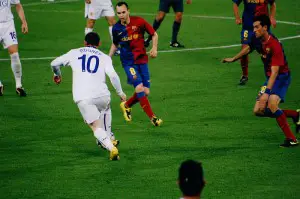
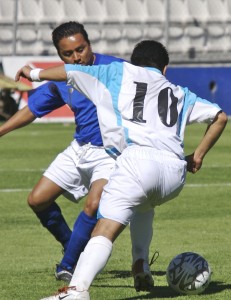 There are a couple of ways to tackle in soccer, and each carry different advantages.
There are a couple of ways to tackle in soccer, and each carry different advantages.
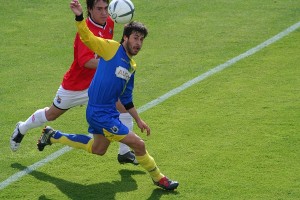
 Soccer coaches often encourage their players receive the ball across their body. Some even demand it. When I was younger, for one, my coach Brian Jaworski told me that if I watched the English Premier League (EPL), I would see that all the best players receive the ball across their body.
Soccer coaches often encourage their players receive the ball across their body. Some even demand it. When I was younger, for one, my coach Brian Jaworski told me that if I watched the English Premier League (EPL), I would see that all the best players receive the ball across their body.